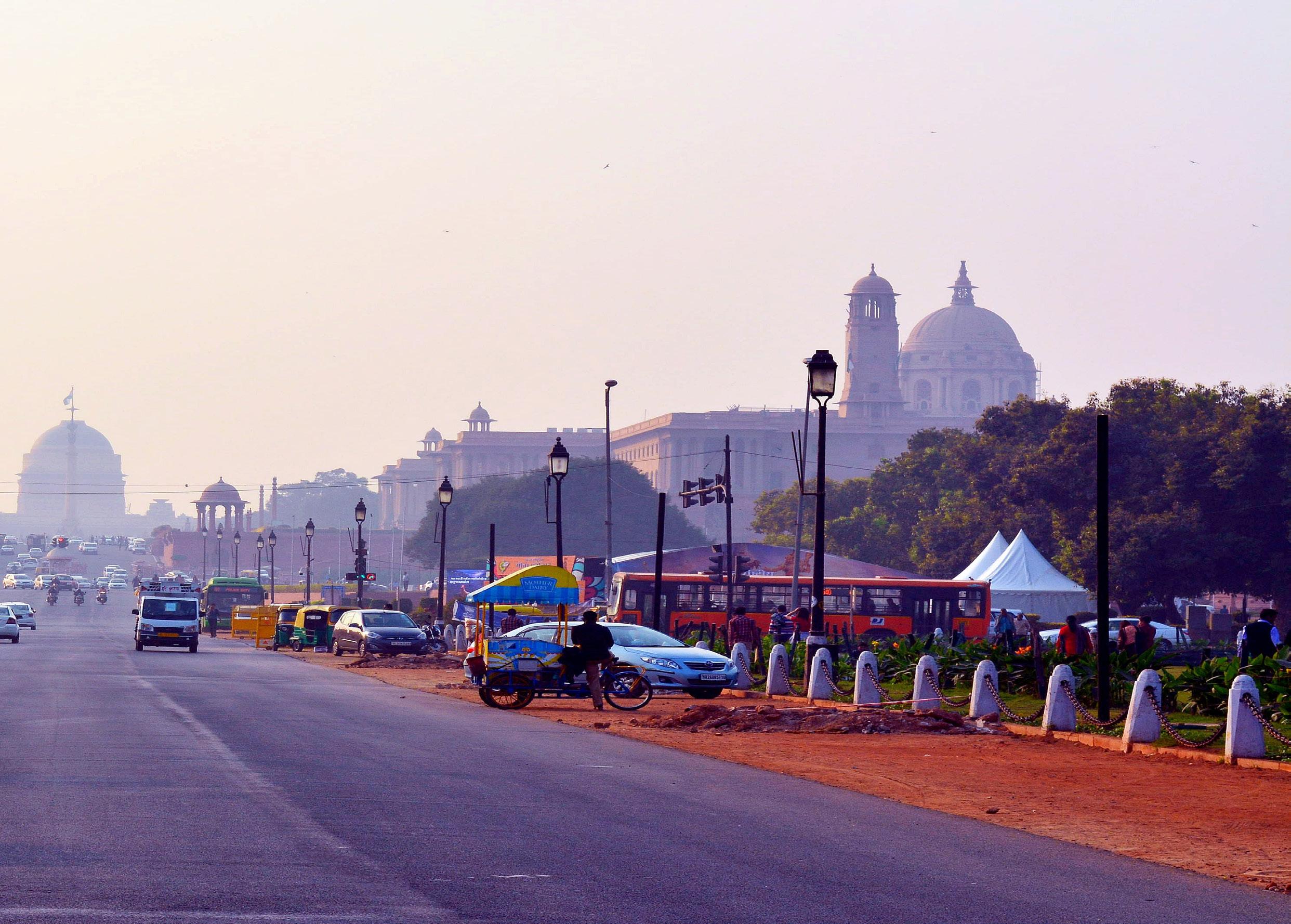
6 minute read
Opportunities in the Indian Market
Opportunities in Indian market
By Vikash Khandelwal, Chief Executive Officer at Eqaro Surety
Advertisement
India became the youngest member of the global surety market earlier this year with the Insurance regulatory and development authority of India (IRDAI) announcing the surety insurance guidelines on the 3rd of January. The guidelines permit Indian insurance companies with a solvency margin of 1.25 times to write surety bonds to the extent of 10% of the gross written premium subject to a maximum of US$ 67 million in guarantee fees for the year. The guidelines which permit the insurance companies to write only Contract guarantees, Court & Custom bonds came into effect on the 1st of April 2022. The issuance of the guidelines by the IRDAI was followed by a change in the government’s procurement norms permitting surety bonds to be accepted as an approved security for all public infrastructure and procurement contracts.
Opportunity
Amongst all the major economies globally, India has been probably the last to start accepting surety bonds for public infrastructure projects. Banks have been catering to 100% of the guarantee requirement cutting across banking lines, locking up productive collaterals and sucking out precious liquidity. The small and medium contractors who were the worst hit had to put up collaterals in the form of real estate to the extent of 100% of the bank guarantee limits. In addition to the collaterals, the contractors were also expected to put up margin money which could be as high as 35% of the guarantees issued.
Hence, it’s not surprising that the introduction of Surety bonds has been a long-standing demand of the small and medium contractors. The project awarding bodies have felt the need too. On a recent interaction with the rural roads department of a large state in India, the authorities were troubled with the low levels (and in some cases even absence) of participation by contractors in the bids. The authorities felt that surety bonds would help the contractors participate in the project opportunities thus increasing the number of bids and may even result in a more efficient price discovery for the projects.
As such, even though surety as a concept on the market is in its infancy, the size of the opportunity is huge. This is because India is likely to witness the governments continued thrust on infrastructure. This is already visible in the 35.4% increase in the central governments’ allocation of resources towards highways, rural roads, housing, transport, cargo terminals etc. The Central Government is expected to spend close to USD143 billion on infrastructure during this financial year. Last year too, the government had announced USD1.3 trillion worth of investments in the Gati Shakti Master Plan for multimodal connectivity and five river-linking projects. To add to this, the National Highway Authority of India and the different state governments cumulatively spend approximately USD100 billion annually on infrastructure. Assuming that the Gati Shakti master plan will have uniform allocation over the next 5 years and that each of these projects will have guarantee requirements equivalent to 25% of the cost of the project, this would make India a USD125 billion market in terms of guarantees issued.
In addition to the huge potential that India holds in terms of volumes, there are other factors as well which make India an attractive destination for surety providers.
This sector is likely to experience strong tail winds in the form of governmental support The government has been extremely proactive in bringing about the necessary regulatory changes to facilitate the acceptance of surety bonds as an approved security.


The Indian government had embarked on a rapid pace of digitisation of public records over the past few years. As such there is good quality data available to the surety underwriter for them to be able to assess the contractor’s ability to fulfil the terms of the contract. The Indian Credit Information Companies Act makes it obligatory on the part of all banks and non-banking financial companies to share credit & financial default related information with all the credit information companies. As a result, India now has a well evolved credit information system available in the country where the underwriter can get all the credit related information for the company as well as its promoters.
Further the guidelines allowing the insurance companies to access and share information with banks and the contract awarding bodies will ensure seamless exchange of credit and performance related information and align interest amongst the stakeholders. Over time, the performance related information available with the insurers will help the project awarding bodies with improved decision making ensuring that only qualified contractors are awarded public infrastructure contracts. However as always, every opportunity comes with its own share of challenges. And India is not going to be an exception either. Most of the challenges are similar to the ones that any new product or concept is likely to encounter at the time of launch. Surety is at a nascent stage in India. There are negligible levels of surety related expertise available. While the surety insurance guidelines have been notified, that too is a work in progress and expected to evolve over time.
Right of recourse: Surety underwriting assumes zero loss. As such it’s imperative that the surety is assured of a full recourse against the principal in the event of a default and the subsequent call on the guarantee. While the Indian Contract Act grants the surety the right of subrogation entitling him to every remedy that the creditor had against the debtor including the debtor’s property, there is no clarity on how the other laws/regulations like the Insolvency & the Bankruptcy code will operate with respect to a surety. Some of the provisions can be quite critical while determining the rights of a surety. Hence its quite imperative that the various relevant laws are aligned with each other to foster an enabling environment for the surety industry. Having said that, it’s important to note that IRDAI has assured the Indian insurance community that it is looking into this aspect and will ensure an early resolution.
India has traditionally been a bank guarantee market. Bank guarantees are essentially on-call documents and most of the project awarding bodies are going to expect surety bonds to perform similarly and be extremely wary of moving to conditional guarantees. It’s critical that the various departments are made aware of the changes and the benefits of surety to avoid and overcome any hesitancy to acceptance. The opportunity is huge and there is the will to implement. In the times to come, Surety Bonds could effectively replace the bank guarantees for projects purely on account of its merits of being able to reduce risks due to cost overruns, project delays, and contractor defaults. While surety bonds have always been viewed as a critical risk management tool, I believe that the surety industry has the potential of taking project execution in India to levels that have never been seen before. It’s a win – win for all!









